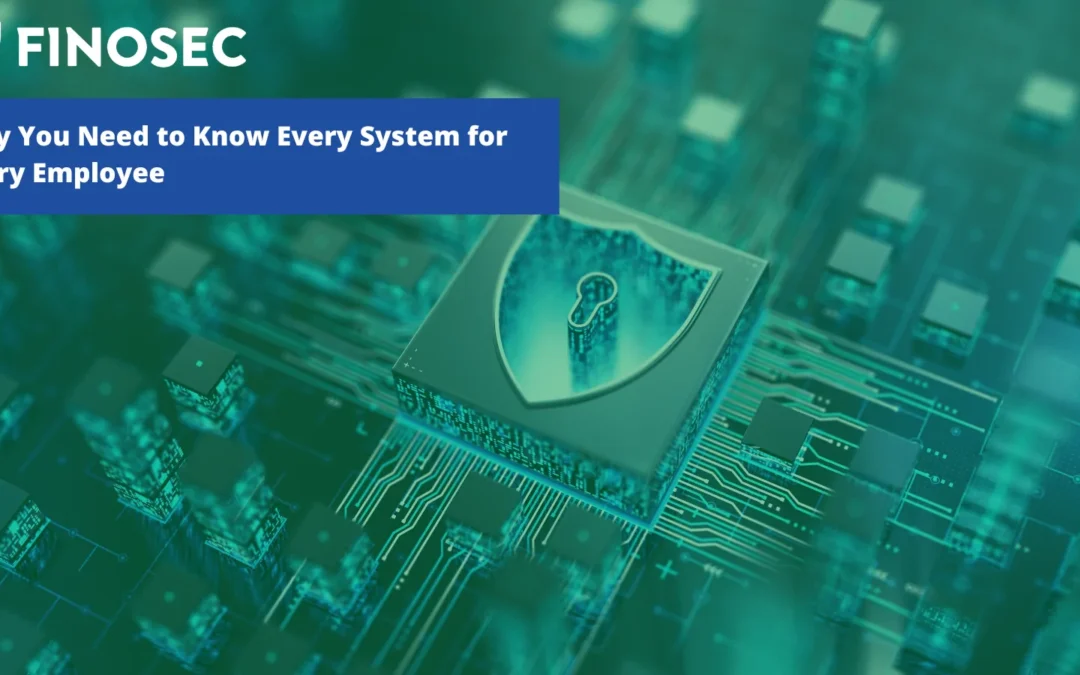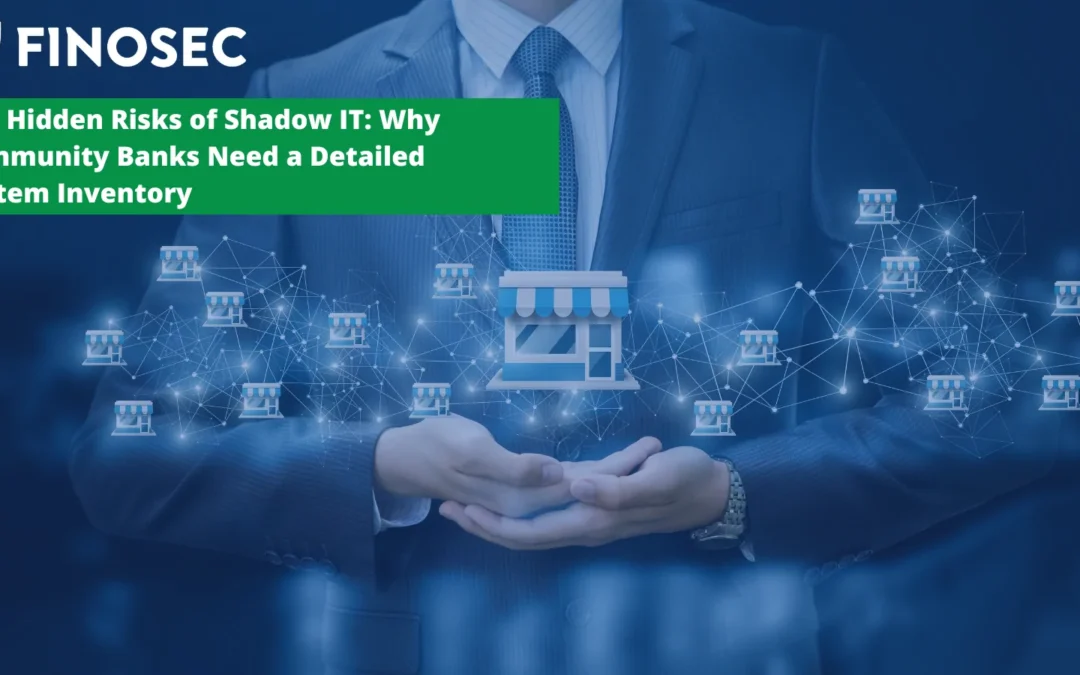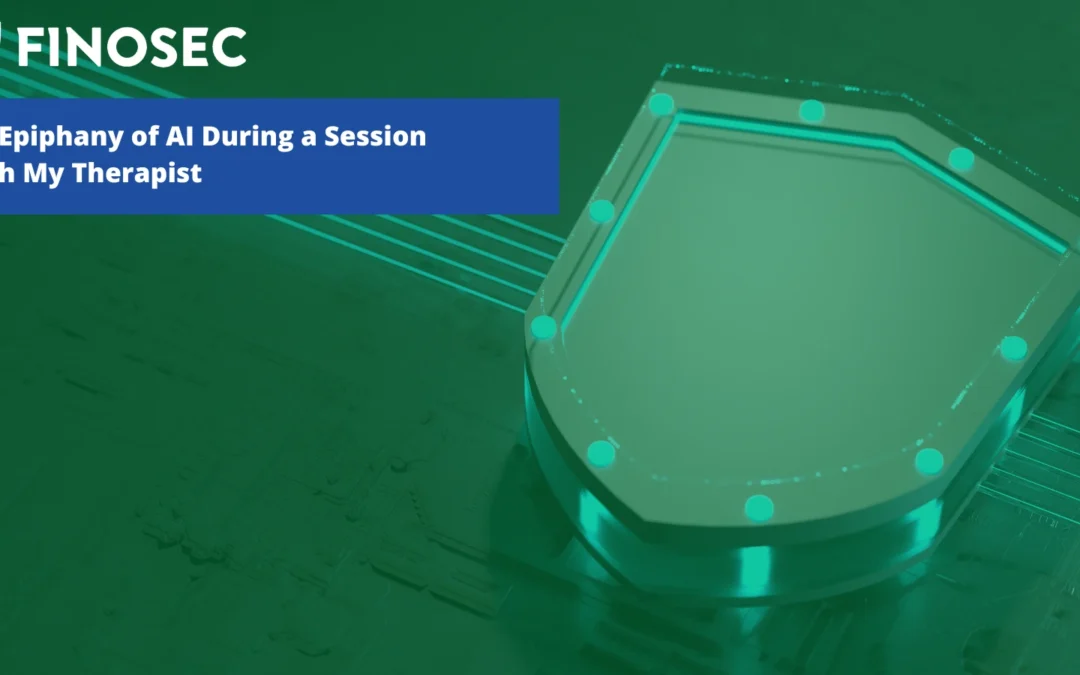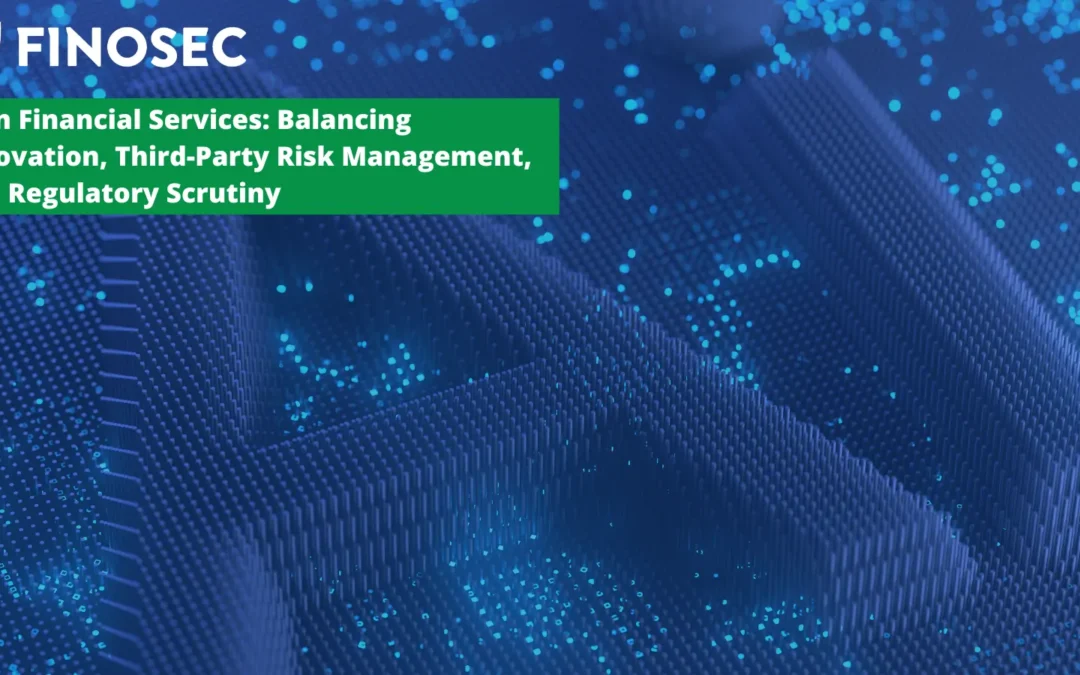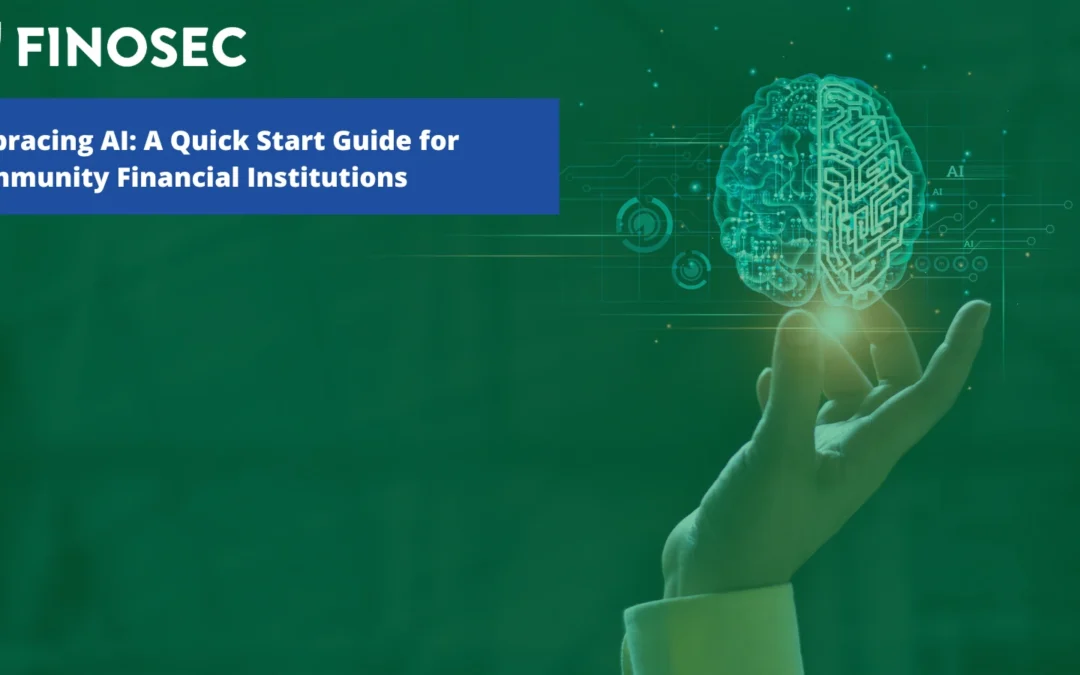We learned about the importance of a System Map in Step One: Building the Foundation, last week.
This week, we are discussing Step 2 – Start with the Most Important. In this critical step in the user access review process, you will identify the most important systems by identifying the high-risk activities each system performs.
Step Two: Start with the most important
Let’s face it, in life and work; we have too many things on our list and not enough time. Being successful with cybersecurity governance requires starting with the most important. To accomplish this with user access reviews, you should always start this process with the highest-risk systems. These typically include systems such as active directory, core processing, wire transfer, and every system you have that has customer information or has the ability to perform financial transactions.
Once you have defined these high-risk systems, the user review process can be intimidating. It is not uncommon to have 15+ high-risk systems. It is also not uncommon to have the number of permission options in each system be 3,000+. This is why the user access reports for banking applications can be hundreds if not thousands of pages long.
To make this process manageable, start by focusing on privileged access and the permissions that have escalated capabilities. For example, in core processing, privileged access will include access to general ledger (GL) memo post, dormant accounts, online transaction entry, and more. In wire transaction platforms, approvals and wire limits are higher risks. And increasingly, remote access to systems has acquired a greater risk profile. As more and more employees can (and prefer to) do their functions remotely, the systems which enable this access and these activities become more attractive targets for cyberattacks.
You gain a real advantage when you start your review with higher-risk systems and permissions.
It gives you a logical place to begin, and it should prevent you from feeling as if you’ve been asked to boil the ocean.
Want more information?
This is just the second step on the journey toward simplified and improved user access reviews. Click to read about Step One: Building the Foundation Watch for three more related blogs, each one exploring another element of better UARs.
Or, if your frustration has already spiked because your institution still follows outdated processes to complete your user access reviews, you should contact FINOSEC today. We’d love to work alongside you to simplify your user access review process and make them easier than ever!
